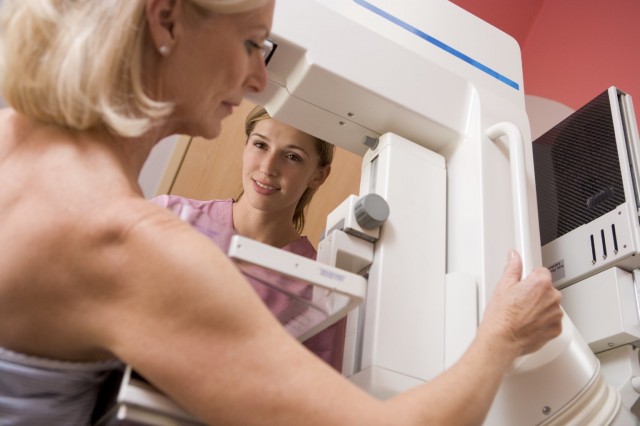More evidence is in this week that casts doubt on the value of mammograms. To recap: Canadian researchers followed nearly 90-thousand women since the 1980s. The women were randomly assigned to mammography or physical breast exam. Now 25 years later, the researchers say that roughly equal numbers of women in each group died of breast cancer -- mammography, according to this study, is not affecting the death rate at all.
In addition, mammography comes with harms. More than 1 in 5 cancers found in the mammography group were not ones that pose a threat to women's health, the researchers say. Doctors call this "overdiagnosis." This is a problem because the treatments for cancer are aggressive -- surgery, radiation therapy, chemotherapy -- and can cause harms in and of themselves. "There is no question that there is an excess in the diagnosis of tumors that are not going to kill you," Dr. Laura Esserman, head of the UC San Francisco breast care center, told me, "We all know this phenomenon exists, but this quantifies it."
Those are the headlines. Thursday morning, KQED's Forum got into more detail. I was particularly interested in two points the guests made. The first was about new approaches to screening and the second was about screening as distinguished from prevention.
Need for tailored screening
Right now, various national organizations have published guidelines about screening. For example, the American Cancer Society recommends that women be screened annually starting at age 40 and continuing as long as she "is in good health." The U.S. Preventive Services Task Force says that women ages 50-74 should be screened every other year. For women younger than 50, the USPSTF says, the decision to have a mammogram every other year is an "individual one." The USPSTF also said there was not enough evidence to make a recommendation for women 75 and older.
